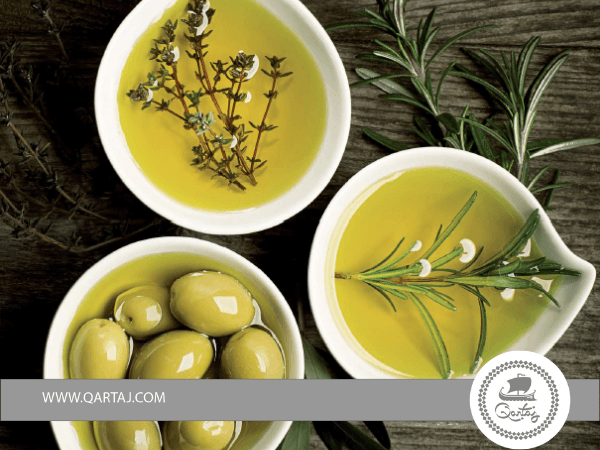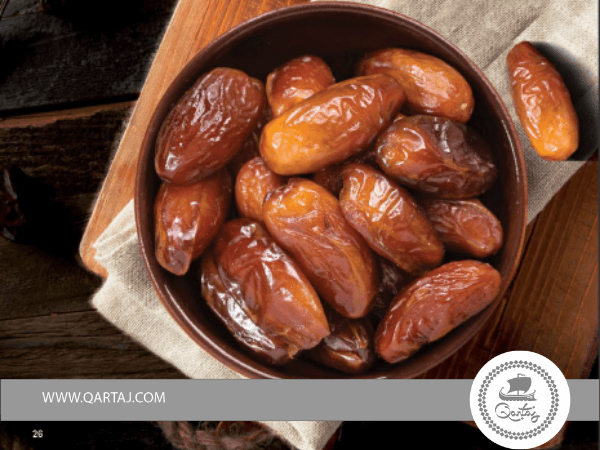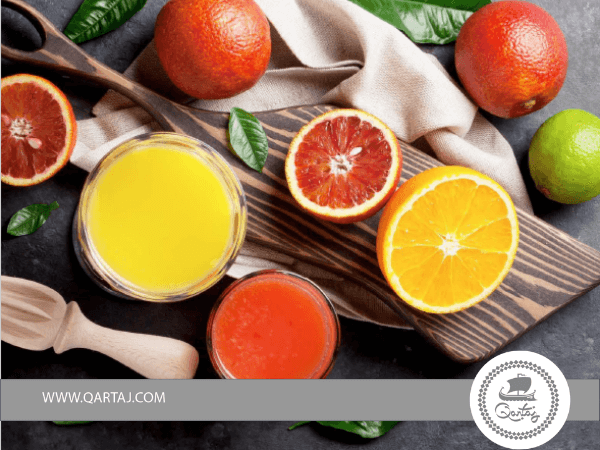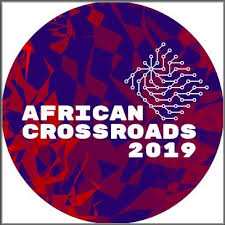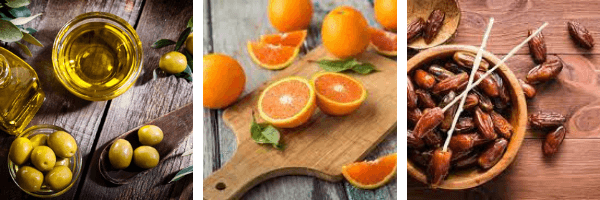
Geographically, Tunisia contains the eastern end of the Atlas Mountains, and the northern reaches of the Sahara desert. Much of the rest of the country's land is fertile soil. Its 1,300 kilometres (810 miles) of coastline include the African conjunction of the western and eastern parts of the Mediterranean Basin.
Tunisia has a rich history led by Berber, Phoenician and Roman powers. Mainly during the Roman period the economy boomed because of agriculture and Tunisia was called the Granary of the empire. By the second century, olive oil rivaled cereals as an export item. During the Middle Ages, Tunisia flourished under Arab rule when extensive systems were constructed to supply towns with water for household use and irrigation that promoted agriculture (especially olive production).
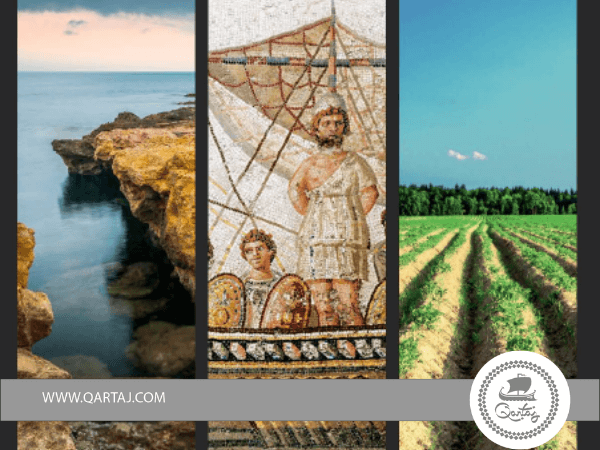
Fast forwarding to today, Tunisia has a diverse economy, ranging from agriculture, mining, manufacturing, and petroleum products, to tourism. The agricultural sector accounts for 11.6% of the GDP. In what follows, we will describe three main agricultural products of Tunisia, reviewing its current place in the economy and society and describing how the sector can grow and expand.
OLIVES
The countries around the Mediterranean are responsible for no less than 95% of the olive production worldwide, of which 25% is produced by North African countries. Tunisia produces 6.8% of the olives worldwide.
No less than 1.96 million hectares of land, good for 102.3 million olive trees, are used for the production of olives in Tunisia, which covers an area of 16.3 million hectares.
65% of all farmers grow olives, which means that this sector plays an enormous social role in providing economic and social security for many families. That is why it is of great economic and social importance that this sector is preserved and that their products are given the opportunity to grow on a national and international level.
In Tunisia we see a huge average export figure of 45% of all Tunisian agri-food exports over the last 10 years, but of which 90% is bulk and only 10% is bottled, packaged olive oil. The lower export rate of bottled olive oil represents a greater problem in Tunisian olive and olive oil production.
The vast majority of the production is exported to other producing countries, where they use Tunisian olives to produce bottled olive oil, which officially no longer has Tunisian origin. This represents a missed opportunity for the Tunisian economy to put their potential as an olive oil producer on the world map. Nevertheless, we have seen progress in recent years with growth from 1% to 10% in the export of bottled olive oil. This growth was made possible in part by the creation and operation of FOPROHOC, which implements strategies for promoting Tunisian olive oil exports.
Other than the lack of bottled oil exportation, there are many other restrictions and problems the olive oil market faces. These problems can be summed up as a lack of knowledge on olive growing practices, fluctuation of export numbers, climatic hazards, low national consumption and the non-existence of official recognition Political measures are rarely intended for farmers and efforts to improve technical performance are almost absent. We see the market facing these problems while packaged olive oil could be a great opportunity for the Tunisian economy.
To conclude, the expansion of the sector should be given special attention, in the form of putting an expert system in place, increasing knowledge in technical packaging and other more specialised additions to increase sales. Having studied the current olive oil market, the expansion and improvement of E-commerce seems to be a positive opportunity to expand and increase the sales of Tunisian olive oil.
DATES
Dates, like olives, are an ancient crop in the North African region and remain an important source of income for the country. With 54,000 hectares of agricultural land with more than 6 million trees, it accounts for 6% of agricultural income and 19% of agricultural export income. Date plantations are mainly found in the southern regions and employ 50,000 farmers, 400 buyers, more than 80 packaging units and 150 export companies. Unlike olives, dates of the “Deglet Ennour” variety (62% of the total Tunisian production) do have an AOC for the regions Tozeur, Kebili and Gafsa, which has boosted the awareness of high-quality Tunisian dates in the import countries.
About 130,000 tonnes of dates are exported, good for an income of about 200,000 euros or 500,000 TD. Both production and exports continue to grow rapidly with production by 28% between 2014/2015 and 2018-2019 respectively and exports by 30% since 2014-2015.
Yet there are problems and restrictions in place here as well that could diminish this growing market. These problems can be found on four levels, namely production, sector organization, marketing and export.
At the production level, we find, among other things, a high production cost, climate change, and a lack of agricultural specialists. The sector organization faces a low percentage (4%) of farmers affiliated with professional organizations and difficult market access for startups due to limited access to loans. At the marketing level, we mainly see problems such as low national consumption and lack of sorted and packaged goods. At the export level, we naturally see competition with other production countries, mainly Morocco and a small market share in important markets such as Asia and the USA.
Of course there is a possibility to provide solutions. For example, it is important to always maintain the high quality and to focus on increasing organic production. A mobile application and expert system could be put into place that allows for supervision and extension to be performed. In addition, it is important to retain the main import countries while looking for a higher import and sales figure for regions such as Asia and the USA, but sub-Saharan Africa could become a potential market as well. Meetings and exploratory tours could take place for importers from these countries.
CITRUS
Finally, we will briefly discuss the Tunisian citrus market. Citrus fruits (oranges, lemons, limes…) occupy 27,000 ha and are worked by 12,000 farmers. This sector accounts for 4 to 5% of total agricultural exports. 69% of the production can be found in the northern province of Nabeul, which enjoys a Mediterranean climate. The production and cultivation of citrus fruits is increasing every year, the most cultivated fruit is the Maltaise orange. This variety accounts for 92% of the total citrus exports that go entirely to the French market.
Several organisations are working hard to improve the citrus sector and export. Problems such as a low yield per hectare or a lack of AOC’s should be addressed in the near future. It is also important to note that the citrus sector consists of many small scale farms, often on inherited farm plots which adds to an unstructured and unorganised market.
The local sales market has great potential and has a high sales figure, but it is unregulated, resulting in low prices and the lack of organized producer organizations.
But there is hope, organisations and long-term projects such as African Crossroads and the HIVOS organisation are working on solutions for a betterment of the Tunisian and other African economies. After our own research led by Aniss Ben Rayana, we recommend the following: an organization of small-scale producers in cooperatives, giving an official status to citrus farmers. Develop exports to the European market through marketing and publicity at the level of wholesale agents, as well as publicity at the final consumer level (e.g. participating in demonstrations - organizing tastings days) and activating remote sale by creating a dedicated platform for the purpose. Here too, an expert system and mobile application can come in handy. Finally, we could also organize tours and visits here for importers from African countries, Russia, the Gulf countries and so on. A complete communication and advertising plan could be developed for this.
Sustainable online market for farmers (SOMF) aims to promote local products from Sierra Leone and Tunisia with the objectives of focusing and working with vulnerable communities that are working on these products to promote their production activities. This is done to increase agricultural production and opportunities to link the market of the two countries.

